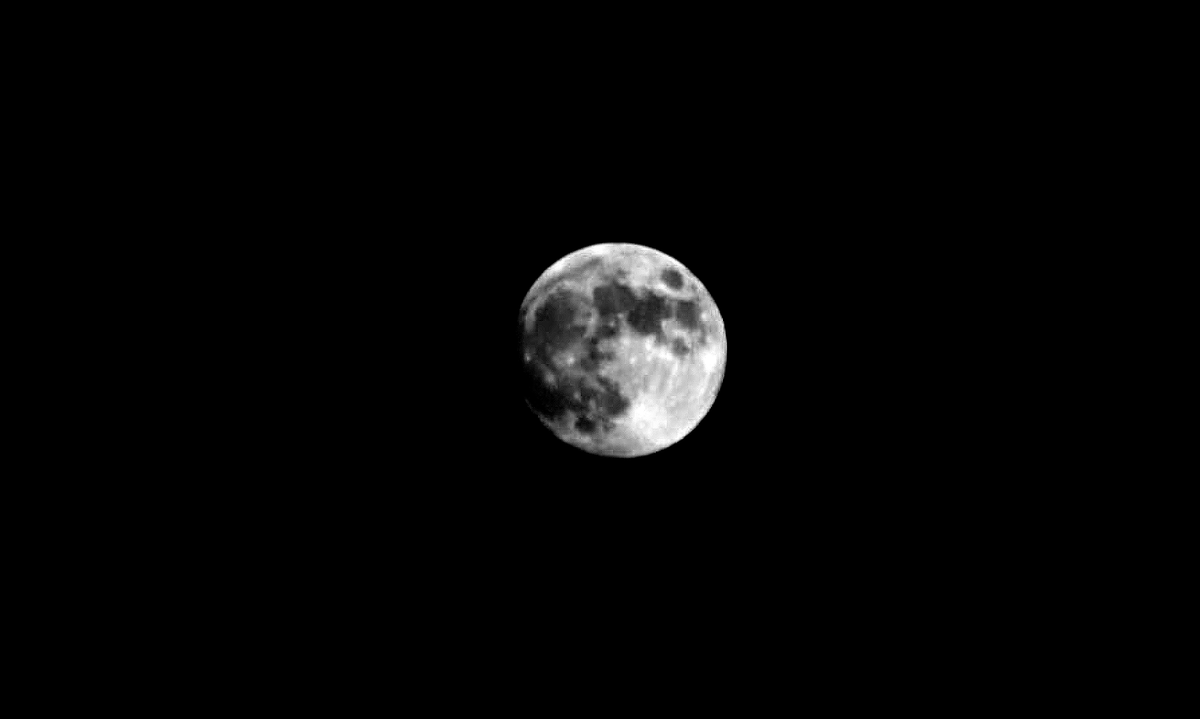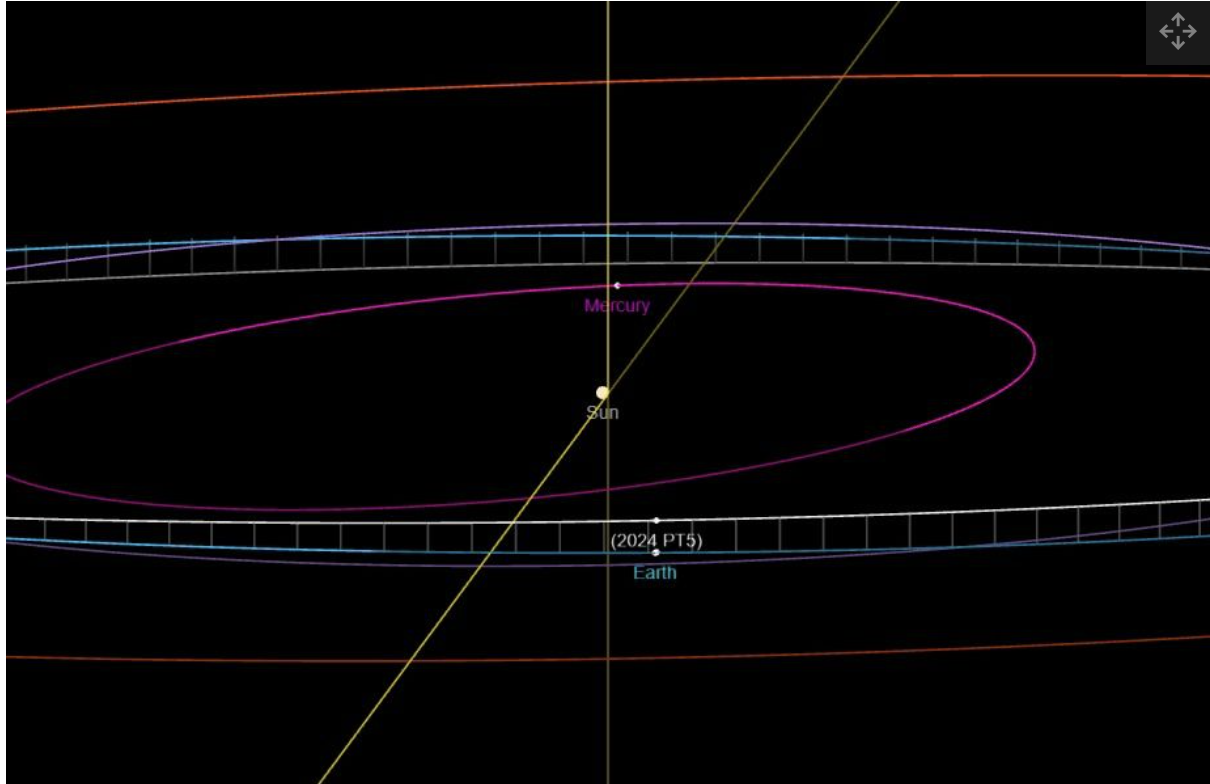

A second moon is expected to appear in the night sky Sunday, though amateur astronomers will likely need the help of a sizable telescope to see it.
A small asteroid, dubbed 2024 PT5, that is roughly the size of a school bus, will be temporarily caught in the earth's gravity and begin to orbit our planet. The asteroid belongs to the Arjuna asteroid group and is composed of rocks of various sizes with orbital patterns similar to Earth's.
So say the guys at NASA's Jet Propulsion Laboratory, who predict the temporary capture will start at 15:54 EDT, or about 1 p.m. here on the West Coast. However, due to the diminutive rocks' size, scientists say a professional telescope is necessary for viewing, so most people will not notice the second moon's presence.

Unlike our own moon, which has circled the earth on its journeys through the solar system since it formed some 4 billion years ago, the tiny asteroid will only stick around for a month or two before it breaks free of the earth's gravitational pull.
Despite all the hype about a "mini-moon," this sort of thing isn't really that unusual.
Scientists have noted previous capture events involving asteroids from this particular group. According to Space.com, gravitational capture events are rather common because objects in the Arjuna asteroid belt can approach the Earth at a relatively close range and with low enough velocity to become temporarily trapped in the Earth's mighty pull.
Following its stint as a bonus satellite, 2024 PT5 will continue to orbit the sun along with other Arjuna asteroids.
Click to become a Grandview Supporter here, or make a one-time donation here. Grandview is an independent, journalist-run publication exclusively covering Richmond, CA. Every cent we make funds reporting from Richmond's neighborhoods. Copyright © 2024 Grandview Independent, all rights reserved.
